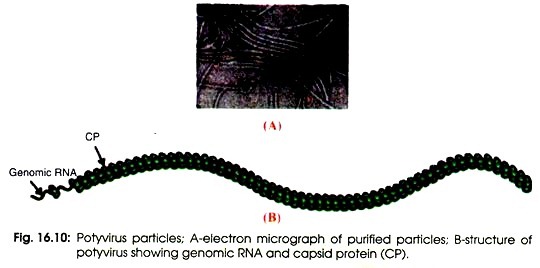ADVERTISEMENTS:
When cells are cultured in a container of fixed volume, both the population density (i.e., the number of cells per unit volume of culture) and the population size (i.e., the total number of cells in the culture) increase at the same rate during the exponential phase of growth.
If we consider a “biological unit” in such a culture as a cell plus some volume of the surrounding medium, then this unit undergoes continuous change as the population grows.
The medium surrounding each cell becomes successively depleted of nutrients, while metabolic waste products released by the cells accumulate in increasing amounts in the medium, and the cell itself may be increasing (or decreasing) in size.
ADVERTISEMENTS:
In multicellular organisms like man, the cells of the various tissues and organs are bathed in a body fluid that continuously provides fresh nutrients while carrying away waste products. In other words, in vivo a cell’s surroundings stay more or less constant.
This condition differs markedly from that of a random cell culture but can be approximated experimentally by methods of continuous culture in which an effort is made to keep the biological unit constant.
A variety of techniques can be employed for the continuous culture of cells. One popular method involves the use of an instrument known as a chemostat (Fig. 2-6), introduced by A. Novick and L. Szilard. In the chemostat, fresh, sterile culture medium is continuously pumped into the culture chamber, while at the same time an equal volume of old medium and some of the cells are removed.
Thus the total volume of the cell chamber does not change. The rate of growth of the cell population is regulated by the rate at which a chemical substrate essential for cell growth is added to the medium, and this is adjusted so that the population size and population density remain constant. Because cellular waste products are continuously diluted by the new medium added to the chamber, these substances do not attain toxic levels.
ADVERTISEMENTS:
With the chemostat it is possible to maintain the cell population in the exponential phase of growth for a greatly extended period of time. In certain continuous culture devices, constant cell population density is maintained by monitoring the turbidity of the suspension and appropriately adjusting the rates at which medium flows into and out of the culture chamber.
These devices are known as turbidostats. Another method for keeping a volume of medium surrounding each cell chemically constant involves the inoculation of small numbers of cells into very large volumes of growth medium. In this way, the growth and proliferation of the cells will have little influence on the chemical composition of the medium for many generations.
The continuous culture of cells offers numerous advantages over growth in fixed volumes, because a balanced, steady- state growth rate can be maintained and physiological studies can be carried out with cells that are little influenced by fluctuations in their environment.

